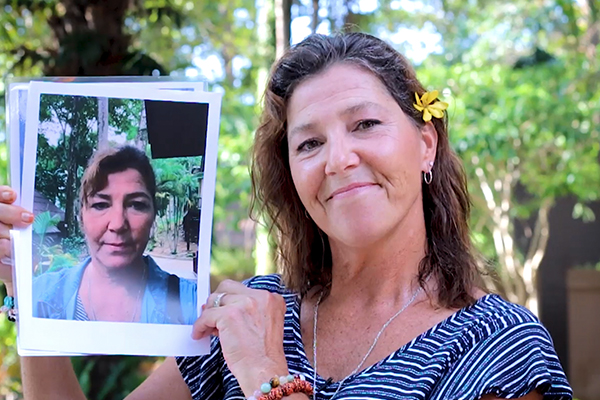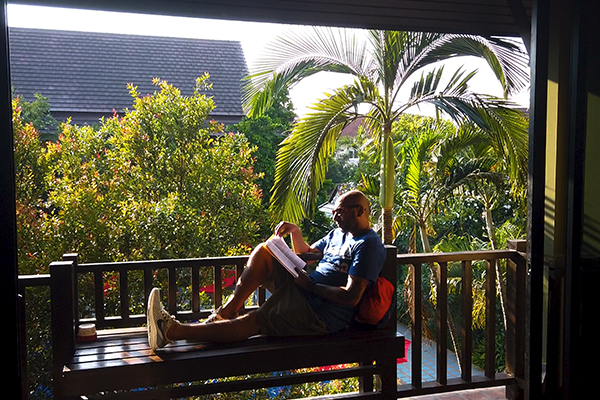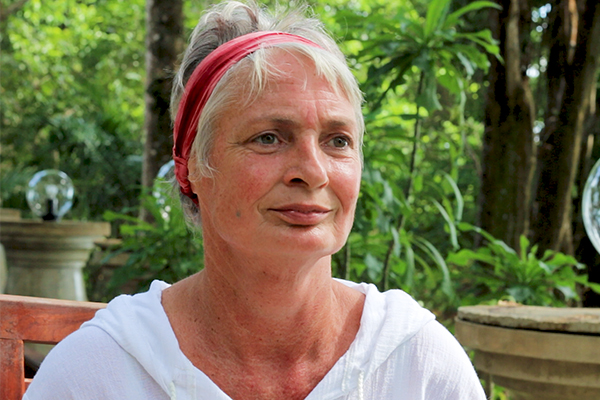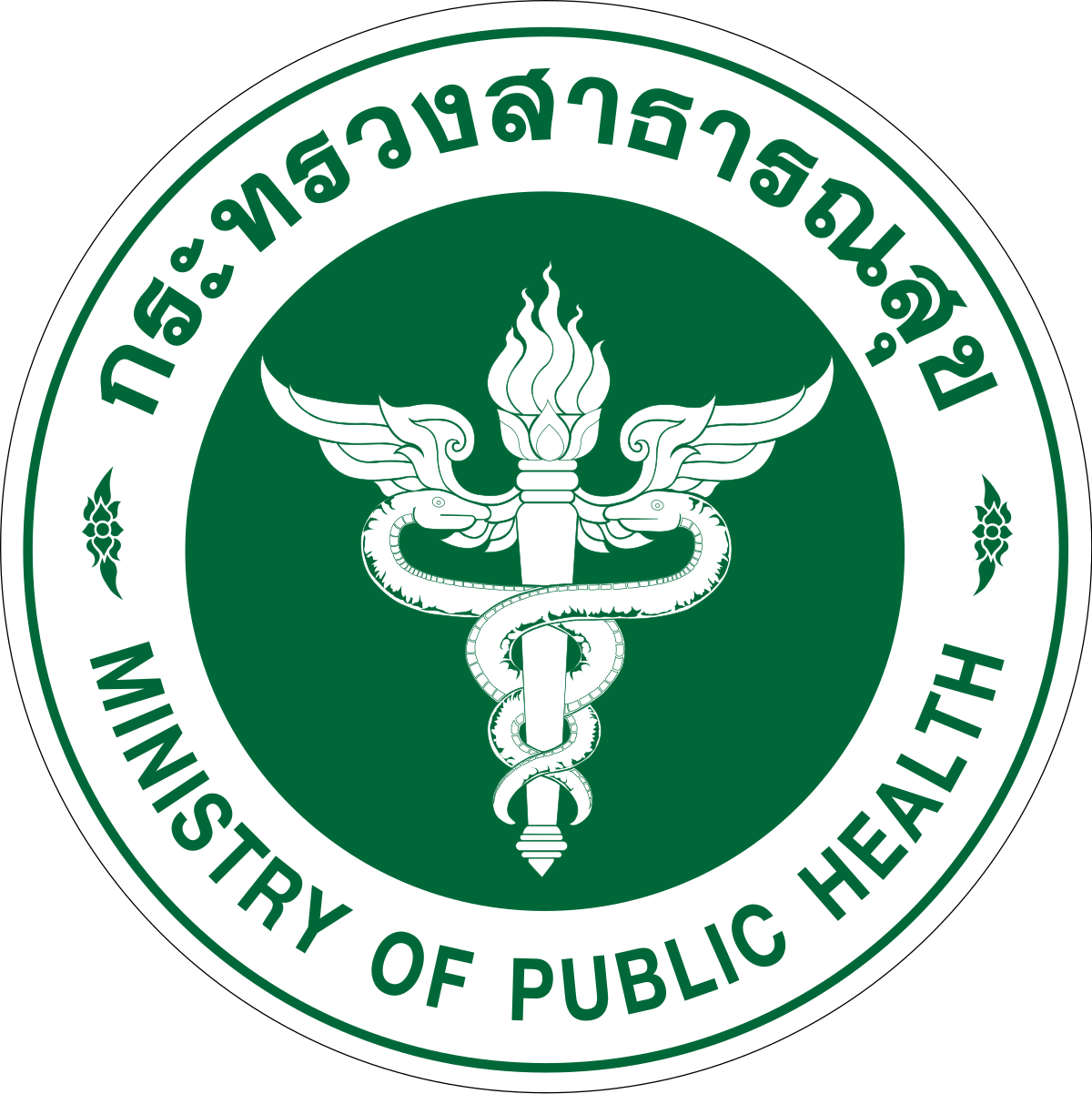
Blog by Niek Rosens,
MA & MSC Clinical & Health Psychology
Focal Counselor at DARA Koh Chang
GLASS HALF EMPTY

If you were to ask bunch of people on the street the following question,
“What sort of stuff do clients talk to their psychologist about?”
You would probably get a list of things like:
-Feelings of depression,
– Problems with their marriage,
– Worries and anxieties,
To name but a few.
The common consensus would probably be that the only reason you go to a psychologist, a psychiatrist (or any kind a therapist for that matter), is to talk exclusively about,
Negative stuff.
GLASS HALF FULL
In the 1990s a researcher and psychologist by the name of martin Seligman believed that there was a problem with this. He believed there was a disproportionate focus on these perceived ‘negative’ aspects of human thought and emotion. He believed that focusing solely on the mental disorders a client presented with could only ever result in an incomplete understanding of how that person ‘ticked’ so to speak, and therefore could never fully show them how to live a full and meaningful life.
The work of Seligman (and his like-minded peers), started to gain serious traction in the nineties, and their writings, applied practices and research gave rise to a burgeoning field of psychology, now known as ‘positive psychology’.
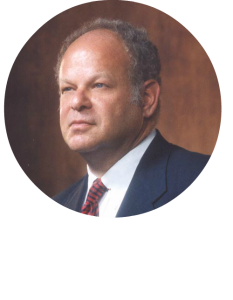
Martin Seligman defines positive psychology as:
“The scientific study of positive human functioning and flourishing on multiple levels that include the biological, personal, relational, institutional, cultural, and global dimensions of life.”
The exponents of positive psychology argued that after decades of the psychological focus being on mental illness and conditions like depression, anxiety and trauma, it was time to ‘take the blinkers off’ and get people engaging with (and more fully appreciating), their strengths and not just highlighting their perceived mental weaknesses.
THE TREND OF HAPPINESS
This new way of thinking about well being and mental health really caught on.
Ivy league universities like Harvard started to offer ‘happiness courses’ which were quickly oversubscribed. More and more psychologists started to recalibrate their therapeutic focus, to include more emphasis on personal growth (as oppose to exclusively talking with their clients about psychopathology and mental illness).
There was also a rise in the cultural appetite for all things ‘happy. Movies like ‘eat pray love’ and ‘the pursuit of happiness’ did well at the box office, books like ‘the art of happiness’ were cult hits, and retreat centres with mission statements oriented around happiness started popping everywhere, even in the smallest little one-horse towns.

Nowadays if someone mentions that they care more about their level of happiness than the amount of money in their bank account, there is a decent chance people will nod approvingly as opposed to being shocked or maybe even appalled!
With increasing frequency, people are choosing positive experiences over more cash.
This trend towards quantifying and validating happiness as an almost tangible thing, a commodity worth measuring, has been picked up at a national scale too.
HAPPY COUNTRIES

In 1972 Bhutan started to measure on a yearly basis the Gross National Happiness (GNH) of their population, instead of focusing solely on their Gross Domestic Product (GDP), which is of course, a completely financial measurement of how well a country is doing. In the wake of Bhutan’s example many countries and cities have now created and instigated their own happiness measurements. In 2007, Thailand launched the, ‘Green and Happiness Index’ (GHI). In 2012, the city of Seattle in Washington launched its own happiness index initiative, (emphasizing measures similar to the GNH index), and in 2014, the United Kingdom launched its initiative to assess the well-being and happiness of its citizens.
HAPPINESS – THE ENDLESS PURSUIT

Like a lot of ways of thinking in psychology, this current focus on happiness is not exactly new. A lot of ancient cultures and religions gave lofty credence to the concept of happiness. The early Hebrews believed that you could achieve earthly and heavenly happiness by living in accordance with strict rules laid down by a divine being. The ancient Greeks developed schools of thought based around the concept of attainable happiness, whilst other philosophers were of the opinion that you could reach happiness through logic and rational analysis. Christianity teaches the only path to true happiness (in this life or the next) is if you let Jesus into your heart, whilst Buddhism expounds mindfulness, meditation and freedom from unhealthy attachments as a method of achieving a happier and more balanced life. But what exactly is ‘happiness’ – and how should we define this ethereal thing that we all seem to want more of?
WHAT IS HAPPINESS?
Is partying all night long in the throes of an ecstasy high or alcohol buzz happiness? Does the surge of adrenaline resulting from stealing something (and getting away with it) constitute being happy? Is happiness to be found between the sheets of multiple sexual partners?

There are of course countless and often conflicting views on what happiness ‘is’ and it’s often thought to be defined by the individual, but Sonja Lyubomirsky, professor of psychology at the university of California, riverside (and long time advocate of positive psychology), offers a definition which is fairly comprehensive and accessible to a broad range of people, regardless how they individually get their kicks.
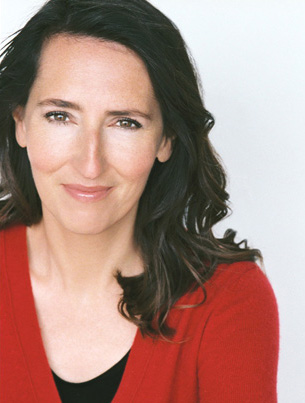
She defines happiness as,
“The experience of joy, contentment, or positive well-being, combined with a sense that one’s life is good, meaningful, and worthwhile.”
According to this definition true happiness can only really be said to be created through a synergy of the two components of
Superficial pleasure,
and
Deeper meaning.
So whilst someone doing drugs is very likely experiencing superficial emotions of joy, contentment or positive well being whilst they are drunk or high, there is no guarantee that such feelings are associated with deeper thoughts of ones’ life being good, meaningful and worthwhile.
This is especially true during the comedown or hangover phase!
These short-lived pleasure highs (afforded by substance or behavioral addictions) often have an ambivalent or negative effect in the long run, as a lot of our valued clients at DARA can attest to.
Both pleasure and meaning need to be in the mix to make the ‘secret sauce’ of happiness.
True happiness therefore (as expounded by advocates of positive psychology), is all about experiencing pleasure in the context of the things that connect deeply with your core values.

So now we have a definition to work with, and we have some concept of the difference between pleasure and happiness,
But we still don’t know what can contribute to our level of happiness. So how can we better cultivate it?
CULTIVATING HAPPINESS
According to Lyubomirsky,
50% of our experience of true happiness is the result of our genetic makeup,
10% is due to our life circumstances,
and
40% depends on our daily activities. So that means we can influence a huge chunk of our happiness – almost – just by behaving in a positive way!
But what should you do to move the needle on this 40 percent?
According to the ‘greater good science center’ research institute at the Berkeley university of California, there are 7 key steps you can use right now to kick-start your happiness

1 – Pay attention – studies show that mindful people have stronger immune systems and are less likely to be hostile or anxious.

2 – Keep friends close – social connections are key to happiness. Research indicates its quality more than quantity: make time for the closest to you.

3 – Give thanks – research reveals the enormous power of simply counting our blessings. Regular expressions of gratitude promote optimism, better health and greater satisfaction with life.

4 – Drop grudges – when we forgive those who have wronged us we feel better about ourselves, experience more positive emotions, and feel closer to others.

5 – Get moving – regular exercise increases self-esteem, reduces anxiety and stress, and may well be the most effective instant happiness booster of all.

6 – Practice kindness – being kind to others makes us feel good. Altruistic acts light up the same pleasure centers in the brain as food and sex.

7 – Get rest –research has linked lower sleep to lower happiness.
An interesting study by Nobel prize-winning psychologist Daniel kahneman, found that getting just one more hour of sleep might have a greater effect on happiness than a $60,000 raise.
Like everything we tell our clients here at DARA, don’t take our word for it, or even the words of the researchers and scientific experts! We are all individuals, so try it out for yourself and see if positive psychology and the practices listed above work for you!
We can’t guarantee that this advice will definitely bring happiness,
But the pursuit of happiness?
That is after all,
your unalienable right!
(based on: http://greatergood.berkeley.edu/pdfs/happycircle-ggsc.pdf)
Latest posts by Darren Lockie (see all)
- Cocaine burnout - February 25, 2020
- What is pathological lying? - February 21, 2020
- Ireland’s growing drug problem - January 20, 2020
+66 8 7140 7788

